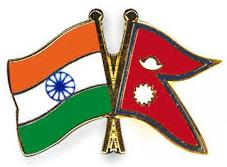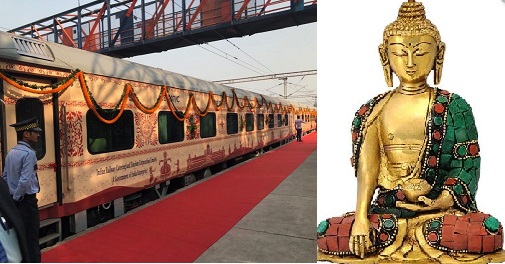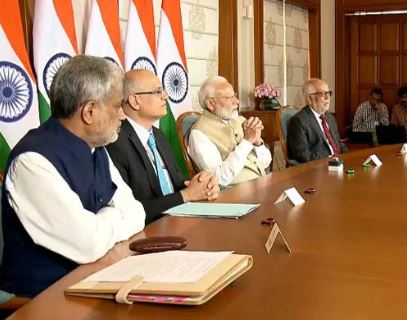Updated By: LatestGKGS Desk
India-Nepal Treaty of Peace and Friendship 1950 History, Features, Objectives

India-Nepal Treaty of Peace and Friendship 1950: Objectives, Features, Details, Aim, Purpose
The India-Nepal Treaty of Peace and Friendship-1950 is a bilateral agreement between India and Nepal aimed at establishing a close strategic relationship between two South Asian neighbors.
The India-Nepal Treaty of Peace and Friendship-1950 was signed on 31st July 1950, at Kathmandu by then Prime Minister of Nepal Mohan Shamsher Jang Bahadur Rana and then Indian ambassador to Nepal Chadreshwar Narayan Singh.
The India-Nepal Treaty of Peace and Friendship-1950 has 10 articles. It permits free movement of people and goods between two countries and close relationship and collaboration on matters of defence and foreign affairs.
The India-Nepal Treaty of Peace and Friendship-1950 envisages for eternal peace and friendship between two nations and recognizes and respect the complete sovereignty, territorial integrity, and independence of each other.
The India-Nepal Treaty of Peace and Friendship-1950 Articles 6 and 7 stated that the two countries agree to grant, on the reciprocal basis, to citizens of one country in territories of other, same privileges in a matter of residence, ownership of property, participation in trade and commerce, movement and other privileges of similar nature.
This enables the Nepali and Indian nationals to move freely across the border without passport or visa, live and work in either country and own property or do trade or business in either country. There is a significant number of Nepalis (in millions) living, owning property and working or doing business in India as a beneficial aspect of a treaty for Nepal. Similarly, many Indians live, own property and do business in Nepal.


